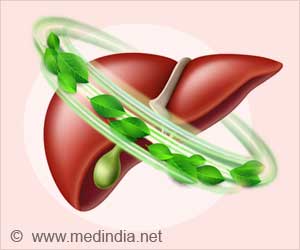Long-term tamoxifen use is associated with a more than four-fold increased risk of a more aggressive, difficult-to-treat type of cancer in the breast opposite to the initial tumor. However the drug decreases the risk of developing the most common, less aggressive type of second breast cancer among breast cancer survivors.
These findings by Christopher Li, M.D., Ph.D., and colleagues at Fred Hutchinson Cancer Research Center were published online Aug. 25 in the journal Cancer Research.Hormonal therapy with drugs like tamoxifen is one of the most common treatments for breast cancer because it has been shown to reduce the risk of dying from the disease but, as this study suggests, it does have risks.Comparing breast-cancer patients who received the estrogen-blocking drug tamoxifen to those who did not, the researchers found that while the drug was associated with a 60 percent reduction in estrogen receptor-positive, or ER positive, second breast cancer – the more common type, which is responsive to estrogen-blocking therapy – it also appeared to increase the risk of ER negative second cancer by 440 percent."This is of concern, given the poorer prognosis of ER-negative tumors, which are also more difficult to treat," said Li, an associate member of the Hutchinson Center's Public Health Sciences Division.These findings confirm preliminary research by Li and colleagues, published in 2001, which was the first to suggest a link between long-term tamoxifen use and an increased risk of ER-negative second cancers. "The earlier study had a number of limitations. For example, we did not have information on the duration of tamoxifen therapy the women received," Li said. "The current study is larger, is based on much more detailed data, and is the first study specifically designed to determine whether tamoxifen use among breast cancer survivors influences their risk of different types of second breast cancers," Li said.This new study assessed history of tamoxifen use among 1,103 breast cancer survivors from the Seattle-Puget Sound region who were initially diagnosed with ER positive breast cancer between the ages of 40 and 79. Of these, 369 of the women went on to develop a second breast cancer. Nearly all of the women in the study who took adjuvant hormonal therapy used tamoxifen specifically.
Detailed information about tamoxifen use was ascertained from telephone interviews and medical record reviews.While the study confirmed a strong association between long-term tamoxifen therapy and an increased risk of ER-negative second cancer, it does not suggest that breast cancer survivors should stop taking hormone therapy to prevent a second cancer, Li said."It is clear that estrogen-blocking drugs like tamoxifen have important clinical benefits and have led to major improvements in breast cancer survival rates. However, these therapies have risks, and an increased risk of ER negative second cancer may be one of them. Still, the benefits of this therapy are well established and doctors should continue to recommend hormonal therapy for breast cancer patients who can benefit from it," Li said.
Source-Eurekalert
RAS













